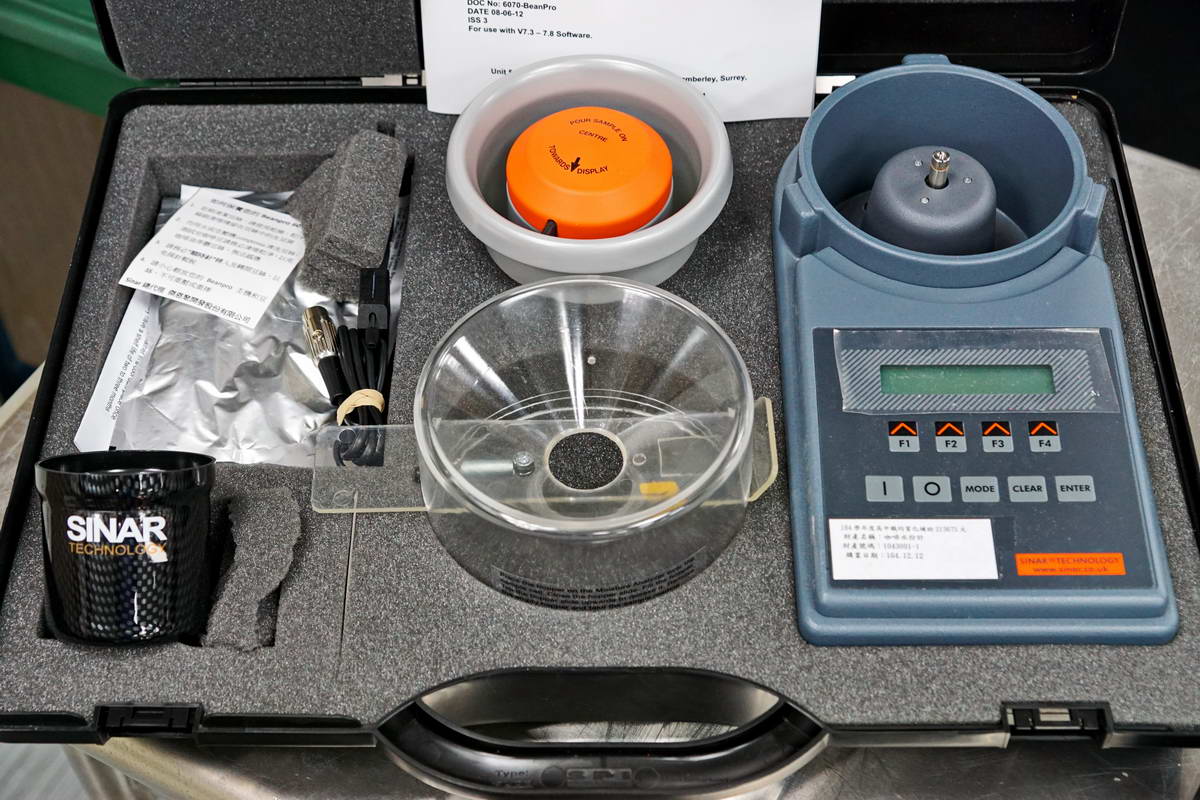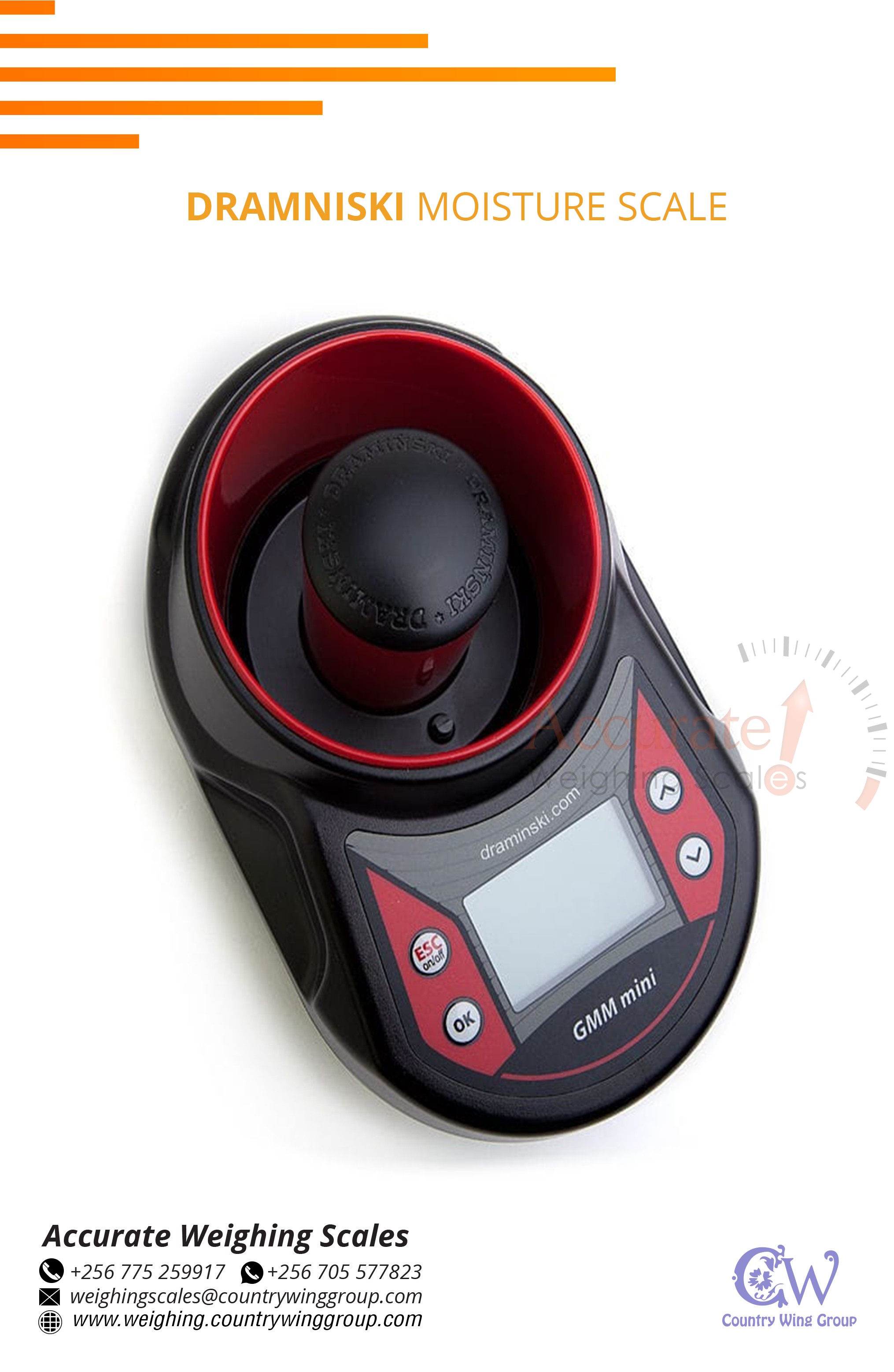How to Choose the Right Grain Moisture Meter for Your Needs
If you work with grains in any capacity, whether as a farmer, a commodity trader, aggregator, or feed producer, then a grain moisture meter is a piece of equipment you absolutely need. In this article, you’ll learn about grain moisture meters, why you need one, how they work and how to choose the best moisture meter for your operations.


Why you need a grain moisture meter?
Grain moisture meters are tools that help you measure the moisture content in different grains, before, during, and after harvest. Measuring the moisture content of your grains helps you know whether your grains are dry enough. Knowing the moisture content of your grains is important because the high moisture content in grains leads to mold growth and aflatoxin contamination which destroy grains.
For farmers, the high moisture content in grains could cause you to lose a big chunk of your harvest – which in itself is a scary thought. Also, for commodity traders, many buyers require you to meet certain moisture content standards before they will accept your grain. In addition, many buyers want the moisture content of corn to remain below 13% otherwise they will not buy. Finally, for poultry farmers and feed producers, the high moisture content in grains can affect the quality of your feed and ultimately the productivity of your birds.
While there are ingenious ways to estimate the moisture content in grains, the best way is to use a grain moisture meter. As it offers precise and accurate measurements, letting you know whether your grains are dry enough or if they should be dried some more. Ingenious ways like biting the kernel or tossing a handful of grains to listen for the sound they make do not offer such benefits.

Types of grain moisture meters
Highly accurate moisture measurement
There are different kinds of moisture meters, each with its own principle of operation and underlying technologies.
- Draminski GMM Mini
- Draminski TG Pro Coffee
- Draminski TwistGrain Pro
- Farmpoint Moisture Meter
- GrainMate Grain Moisture Meter GM-102
- John Deere Moisture Check Plus SW0812
- AgraTronix 08201, GMT-Grind Portable Grain Moisture Meter
Choosing the right moisture meter for your operations
There are a lot of factors to consider when choosing a grain moisture meter. These include accuracy, ease of use, price, mode of operation, calibration, moisture measurement range, number of species supported, and more. If you frequently test the moisture content on the field before harvest, then a grinder-type meter or a cup-type meter will be most suitable for you. As it can tell you if your grains are dry enough for harvest.
Many of these moisture meters support several species, have a wide measurement range, and can be calibrated.
In Africa where grains are usually packed and stored in 50kg to 130kg sacks, a probe-type grain moisture meter like the GrainMate GM-102 is a very suitable choice for African farmers and aggregators. This is because it can be used to easily probe bags and take moisture readings within a short time both during and after harvest.
